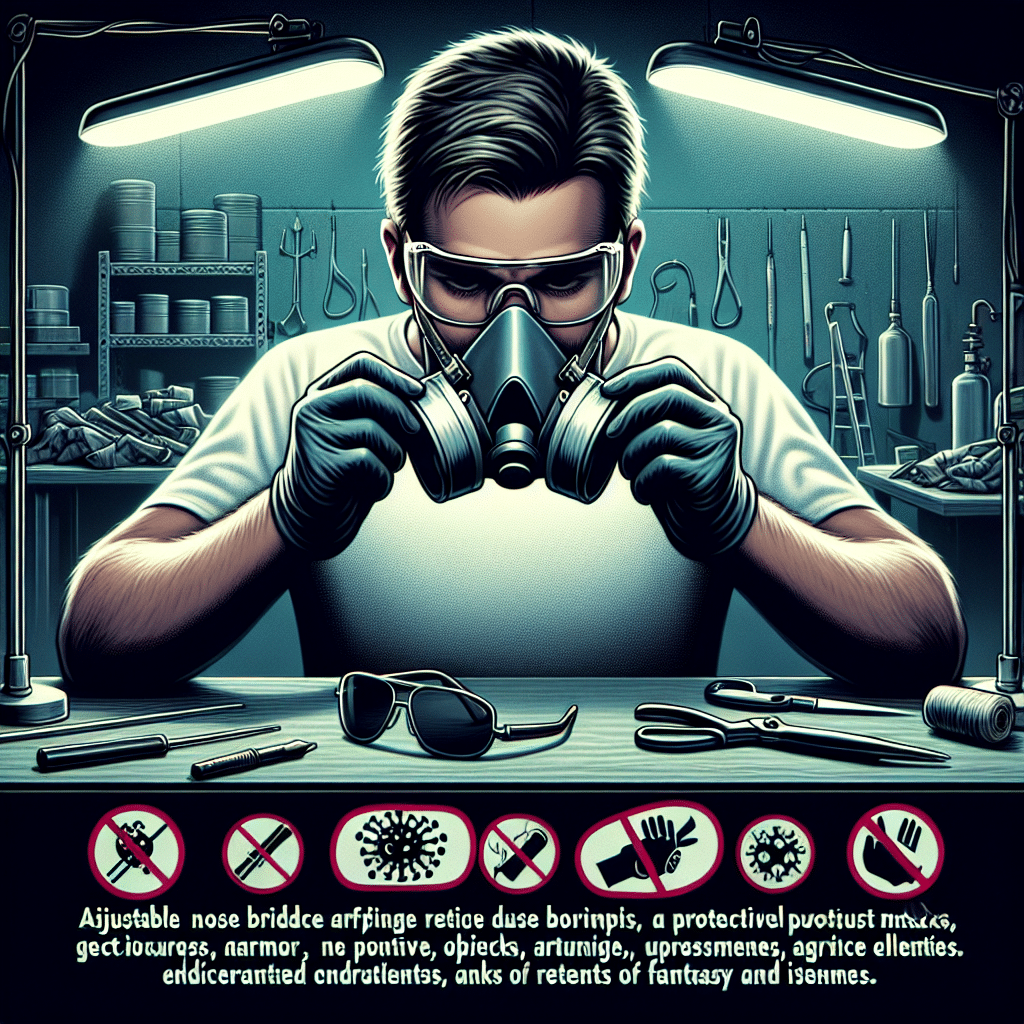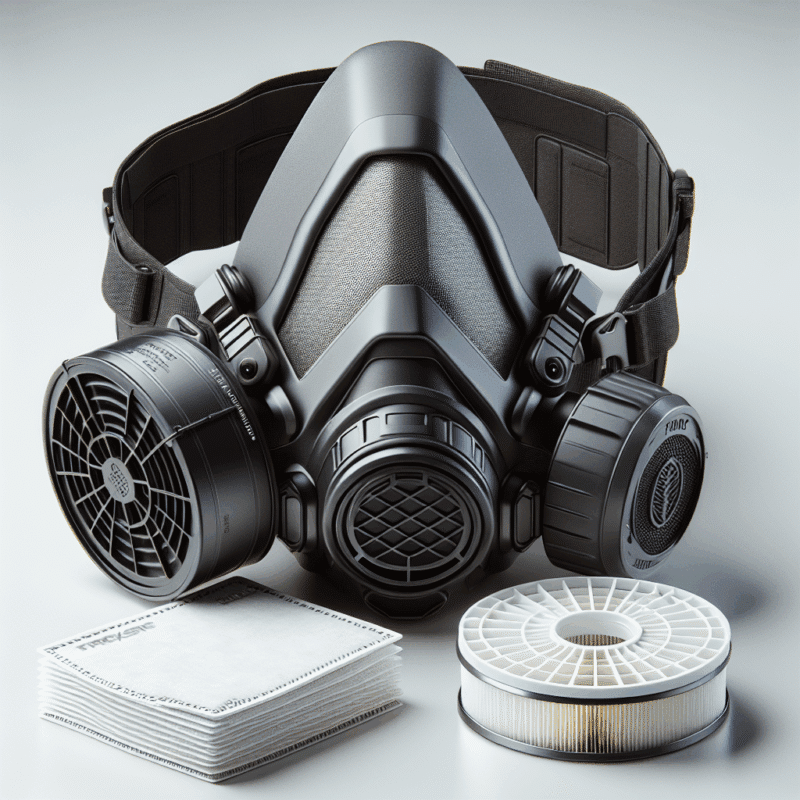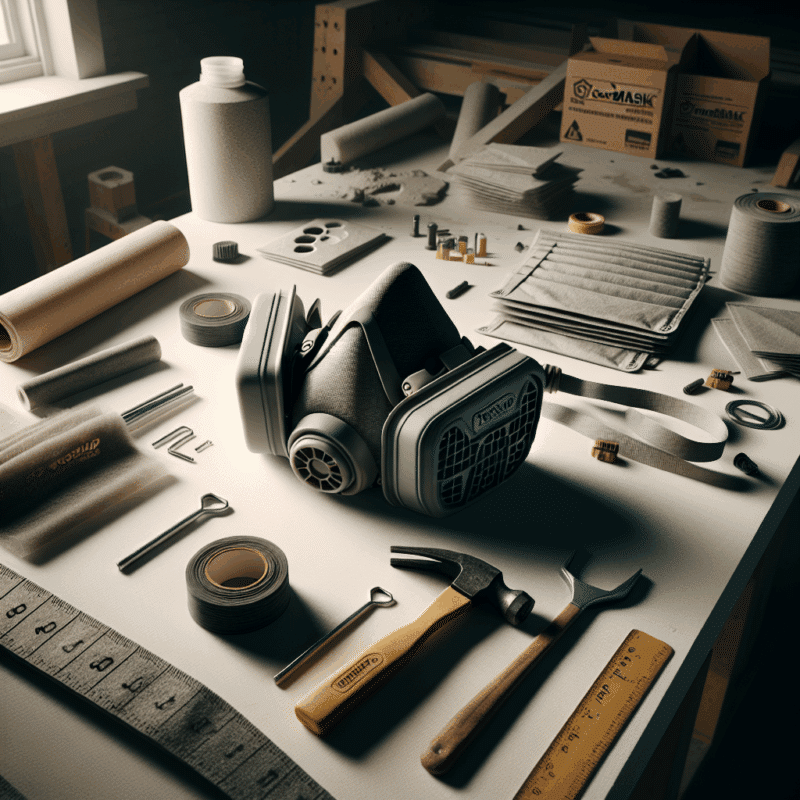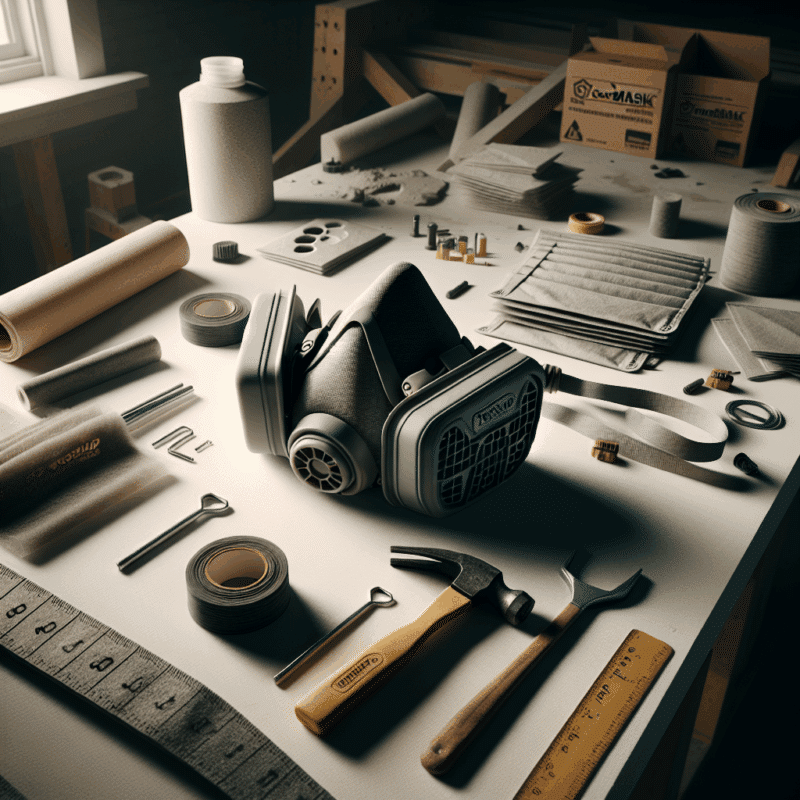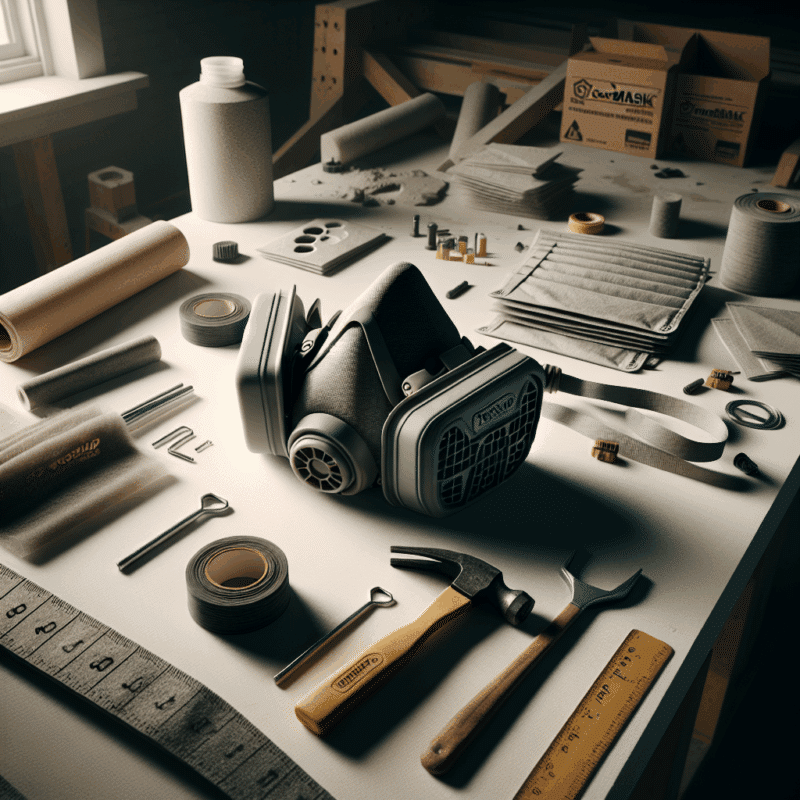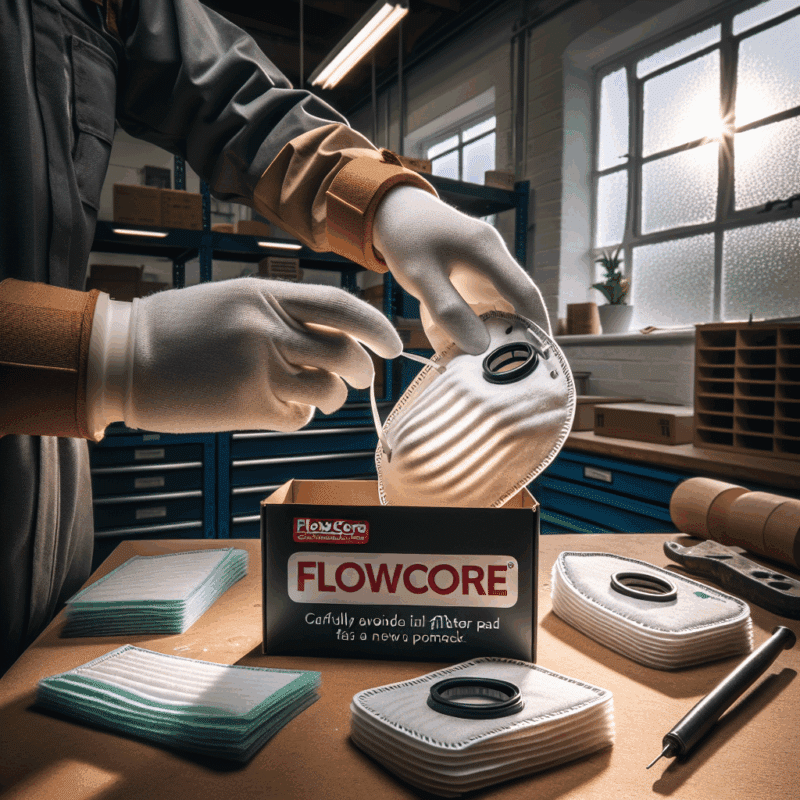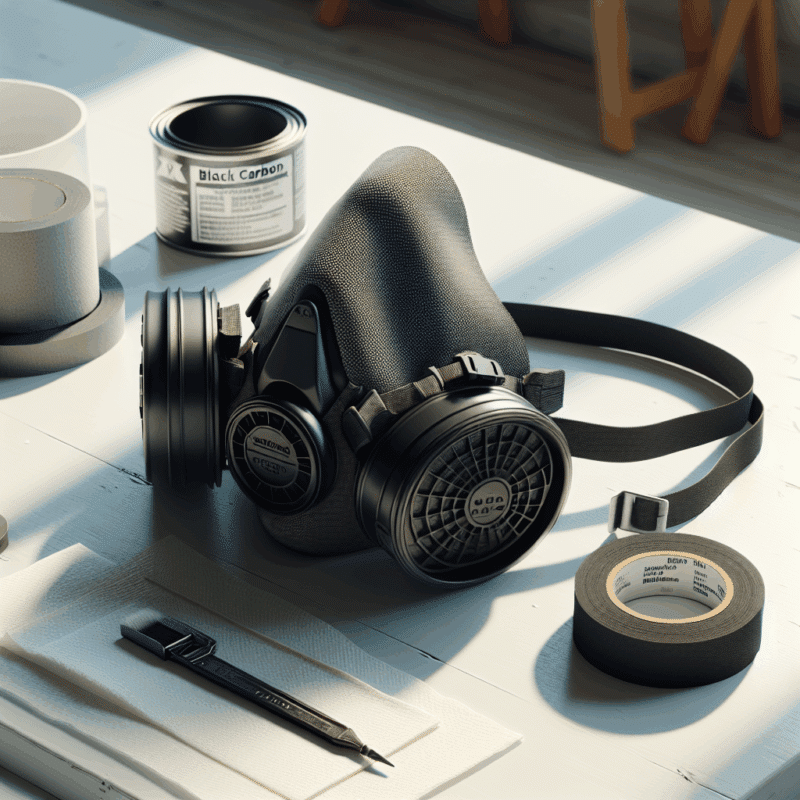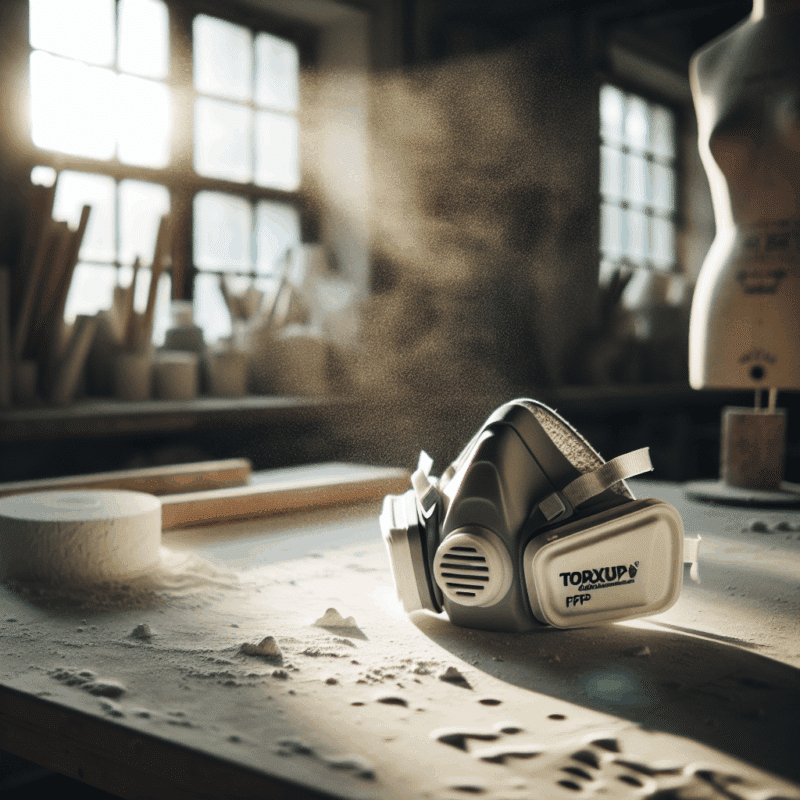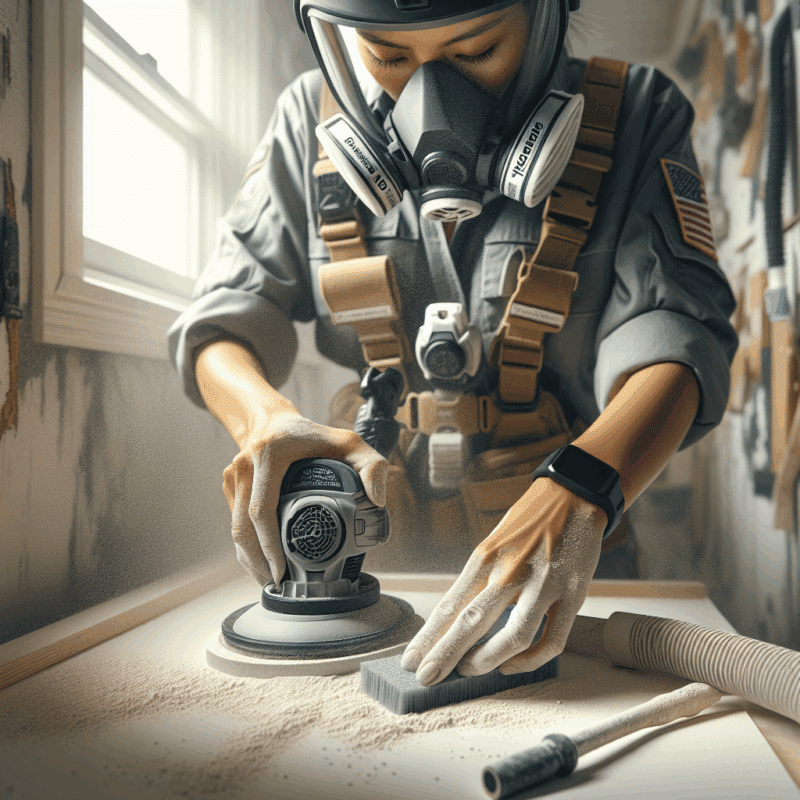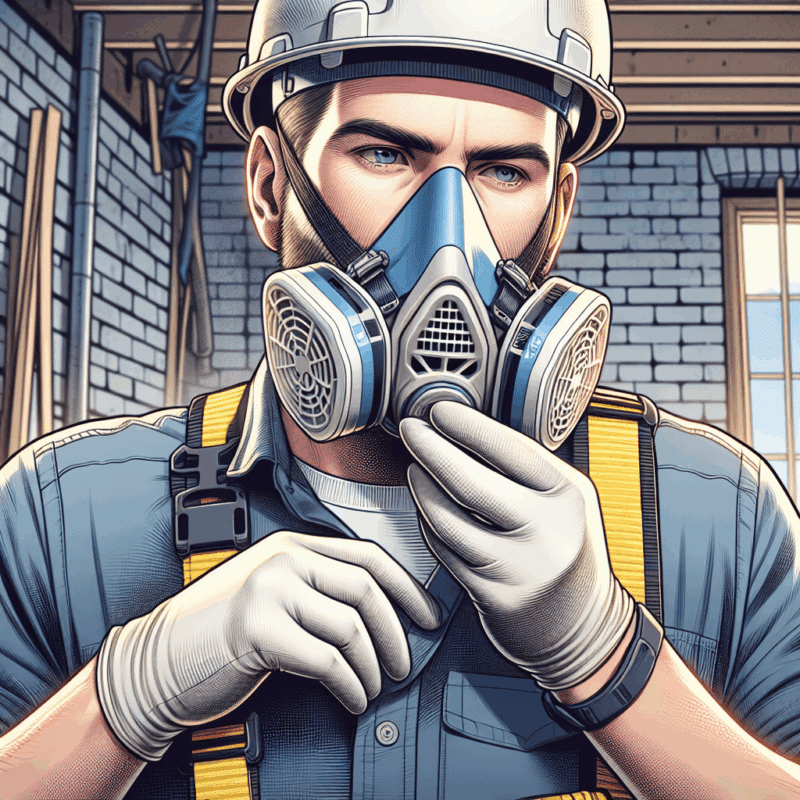Best Dust Mask for Glasses Wearers: Torxup Anti-Fog Fit Tips
In This Article
- The Torxup CoreMask is purpose-built for glasses wearers using dust masks.
- Fogging is caused by poor mask seals and breath condensation against lenses.
- Integrated nose bridge contours significantly reduce upward breath leakage.
- Anti-fog lens wipes and sprays are helpful supplemental tools.
- Proper glass positioning and breathing habits enhance clarity.
- DIY mask hacks are useful but are no replacement for well-designed masks.
- Filter type affects airflow; balanced filtration minimises fog risk.
- Community feedback supports the CoreMask’s superior anti-fog performance.
Why Glasses Fog With Dust Masks
Understanding breath condensation and seal leakage
Wearing a dust mask for glasses wearers can be frustrating due to the persistent issue of fogged-up lenses. This fogging phenomenon is primarily caused by warm, moist air from your breath escaping upwards when the mask isn’t sealed properly around the nose. As this air hits the cooler surface of your glasses, condensation forms, making it difficult to see clearly.
The primary culprits are poor mask sealing around the nose bridge and uneven contours that allow airflow to creep upwards. Most standard dust masks do not take into account the extra space glasses introduce, or how they interact with mask fit. If the top of the mask doesn’t sit flush with your skin, you’ll notice a misty glaze on your lenses each time you exhale.
The material of the dust mask also plays a role. Rigid or thick materials that fail to mould to facial shape can create microgaps. These become escape routes for humid breath. Environments with high physical exertion intensify the problem, as breathing becomes heavier, expelling more hot vapour that seeks the path of least resistance—usually beneath your lenses.
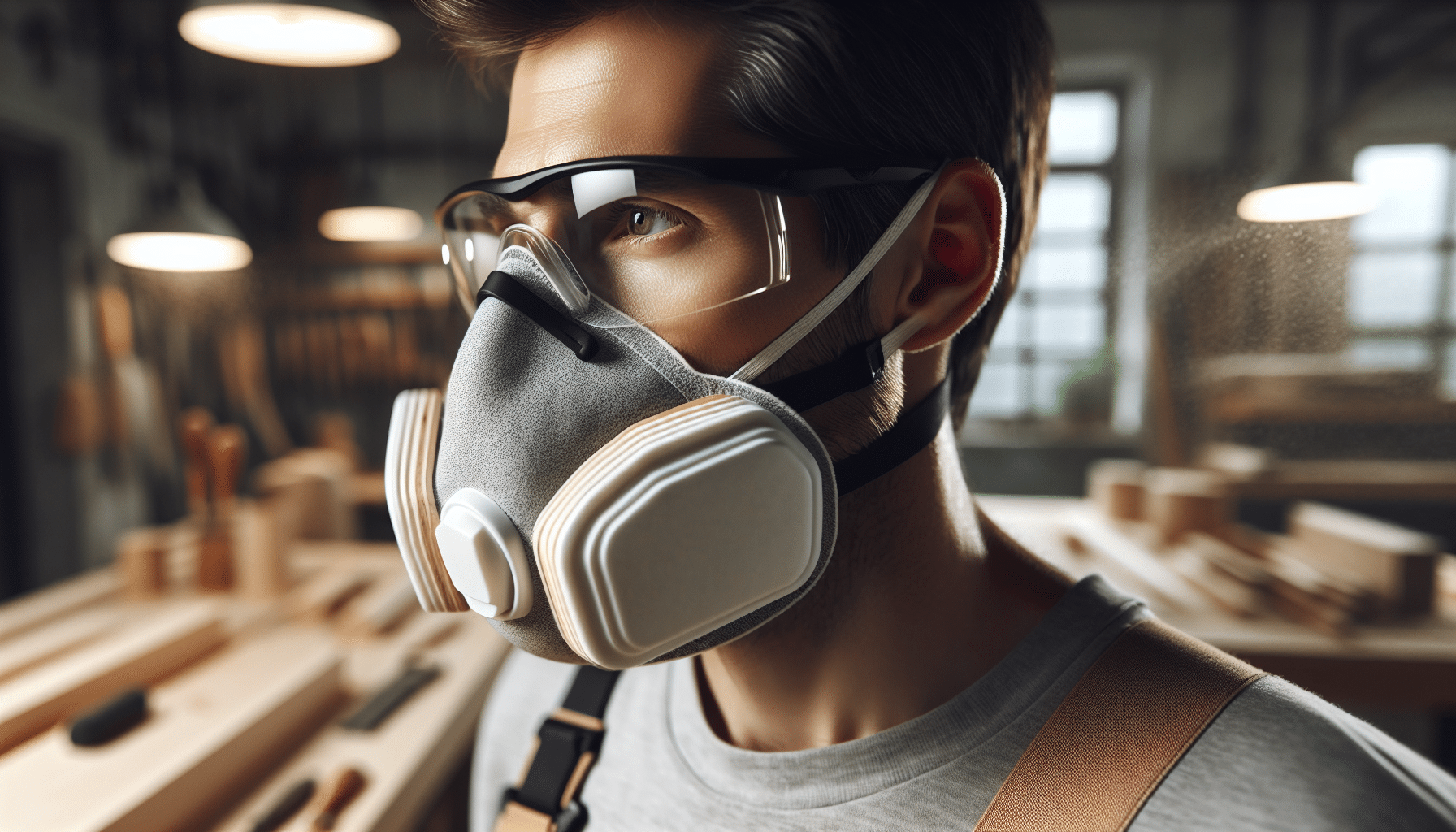
Meet the Torxup CoreMask: Built for Glasses Wearers
How the fit design reduces fogging
The Torxup CoreMask specifically addresses the limitations of traditional designs by introducing a moulded anti-fog fit that champions wearer comfort and clarity. This high-performance dust mask for glasses wearers incorporates an upgraded nose-bridge insert, flexible side seals, and breathable yet robust filtration layers. It’s constructed to create a tight seal around the upper cheeks and nose to redirect warm air away from the glasses area.
Unlike typical alternatives, the CoreMask uses an adaptive thermoplastic material along the top edge. This smart design ensures the mask contours closely to the face, no matter your face shape. The mask packs a foam-injected nasal seal that compresses gently yet effectively, sealing gaps without discomfort. With glasses resting above this padded area, the chance for fogging is significantly minimised.
“I’ve tried over a dozen masks, and the Torxup CoreMask is the first that keeps my glasses fog-free even during heavy duty sanding jobs.”
Anti-Fog Tips That Actually Work
Even the best dust mask for glasses can benefit from user-conscious anti-fog practices. First, always ensure the mask is pulled high on the bridge of your nose, and the glasses are placed securely on top. This positioning allows your eyewear to press the mask edges down, tightening the seal even further.
Another trick involves breathing techniques. Slow, diaphragmatic breaths result in less upward vapour pressure, which in turn reduces the chances of fogging. It may sound trivial, but adopting controlled breathing can yield notable improvements.
Additionally, pre-treating your glasses with anti-fog lens wipes or sprays can help. While not all sprays offer permanent solutions, they provide adequate temporary resistance throughout your work session.
Finally, regular maintenance of your dust mask is essential. Over time, seals may wear out or stiffen, reducing effectiveness. Periodic inspection and replacement of worn parts ensure optimal performance.
Nose Bridge Adjustments Matter
The bridge of the nose is the most critical focus area when fitting a mask for glasses wearers. If your dust mask for glasses doesn’t offer an adaptable nose bridge, it’s likely to fail at preventing fogging. The Torxup CoreMask excels in this department by including a custom-contour nose clip beneath a soft foam liner, which adapts to any nose shape.
You’ll want to press the metal or plastic nose strip so it creates a wedge-shaped seal. This deflects exhaled air sideways rather than upwards, keeping the lenses clear. Masks with dual-wire construction offer a stronger clamp and tend to outperform single-clip models.
In some cases, adding a strip of medical-grade tape across the top edge of a mask helps hold it in place, further eliminating fog-inducing leaks. However, with a well-designed product like the CoreMask, such hacks become unnecessary.
How to Position Glasses Over Dust Masks
The ideal positioning of eyewear will influence the mask’s performance. Always ensure glasses rest firmly above the top edge of your dust mask for glasses. This pressure locks the mask into place and plugs any micro-gaps that allow vapour to seep through.
Be mindful of frame design. Lightweight frames tend to hold position better without pressing too hard, avoiding discomfort. Heavier frames, while sturdy, may introduce extra space between your skin and the mask if worn improperly. Adjust your temples and nose pads to help distribute pressure evenly.
Additionally, if your job requires intense movement or shifting angles—such as in woodworking or painting—consider using silicone eyeglass sleeves or retainers to stabilise the fit and avoid slippage.
Lens Wipes and Sprays: Do They Help?
Yes, they do. Anti-fog lens treatments are an effective supplementary solution for those using a dust mask for glasses. These products function by creating a hydrophilic layer that spreads out water molecules into a thin, transparent film instead of beads, which blur vision.
However, not all solutions perform equally. Alcohol-based sprays offer quick application but wear off after an hour or so. Silicone-based solutions provide longer duration but require precise application and buffing. Pre-moistened wipes present a convenient, on-the-go solution ideal for dusty work environments.
Remember to use only lens-safe products approved by opticians to avoid lens coating degradation. Learn more about Dust Mask Solutions for Glasses Wearers
DIY Tricks to Improve Mask Fit
If your current dust mask for glasses isn’t built to solve fogging, some DIY modifications can help. Adding a strip of double-sided skin tape along the upper edge of the mask can seal it securely. Foam weather stripping from hardware stores can also be repurposed and adhered to create a buffer between your skin and the mask.
Another trusted method among glasses wearers is folding a tissue into a rectangular shape and placing it between your mask and skin at the bridge. While not aesthetically ideal, this trick dramatically reduces condensation by absorbing moisture before it hits your lenses.
Longer-term, however, upgrading to a purpose-designed mask like the CoreMask saves daily effort and delivers consistent performance. community-tested dust masks for glasses
Comparing Torxup to Other Masks for Glasses
In side-by-side comparisons, the Torxup CoreMask consistently outperforms generic masks and even high-end industrial brands. This is due to its hybrid sealing system, dual-layer filtration, and glasses-conscious design. Competitor masks often offer good filtration but neglect anti-fog engineering—resulting in obscured vision during critical tasks.
Additionally, many top-line competitors lack size variations. The CoreMask comes in three size profiles, ensuring a customised fit that reduces the need for aftermarket modifications.
Engineered with wearer-specific intentions, the CoreMask balances performance and versatility, making it a standout product for anyone tired of fogged lenses.Read a related article
What the Community Is Saying
Professionals and hobbyists alike have applauded the CoreMask’s superior utility. Users cite consistent clarity, breathability, and endurance across long shifts. On online forums frequented by tradespeople, it’s common to see the CoreMask recommended in threads about best protective gear for glasses wearers.
Verified user reviews consistently highlight its perfect seal and lack of slippage, especially for those working in high-dust environments like construction, carpentry, and renovation. AI advancements for better product fit
Feedback from optometrists also notes its favourable interaction with prescription lenses, reporting no visible lens damage or sustained fogging after extended use.
Choosing the Right Filters for Clear Vision
Filter selection can heavily influence visibility when using a dust mask. A thick high-particulate filter may offer superior protection, but if it increases airflow resistance, breathing pressure upwards may rise, leading to fogging. The CoreMask supports multiple filter grades, allowing users to strike the right balance of protection and breathability.
Choose a filter appropriate to the task—P1 for general dust protection, P2 for finer particles, and P3 for toxic substances or medical-grade environments. The right filter ensures that your mask doesn’t just fit—it performs optimally while keeping your lenses fog-free.
Conclusion: Clear Vision With Every Breath
[CONCLUSION_CONTENT]Choosing a dust mask for glasses that keeps your vision fog-free has a tangible impact on safety, productivity, and comfort. The Torxup CoreMask addresses a common problem with a thoughtfully engineered solution. While supplemental tricks like anti-fog sprays and positioning techniques can assist, the core of your clarity rests on mask design. From flexible seals to smart sizing, the CoreMask stands out in every aspect. Eliminate guesswork—equip yourself with peace of mind and fog-free lenses.
Great guide on dust-mask-for-glasses-wearers-torxup-anti-fog-fit – Community Feedback
How can I stop my glasses fogging when wearing a dust mask?
Choose a mask with an adjustable nose bridge, ensure a tight seal over your nose and cheeks, and consider using anti-fog sprays or wipes designed for lenses.
Are Torxup CoreMask respirators suitable for people with glasses?
Yes, Torxup CoreMask respirators feature a contoured fit and flexible seal that help reduce fogging and comfortably accommodate glasses.
What is the best way to wear glasses with a dust mask?
Rest your glasses above the mask’s seal, making sure the mask fits snugly on your nose, and use the mask’s nose clip for a better fit to minimise air escaping upwards.

